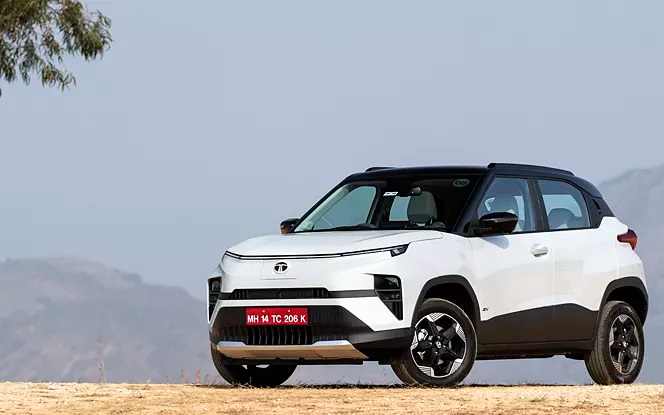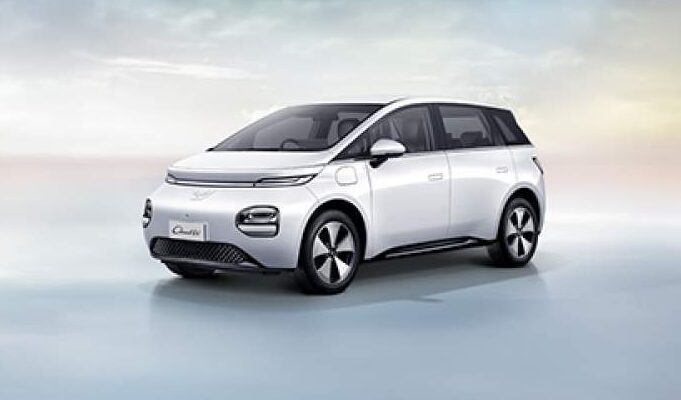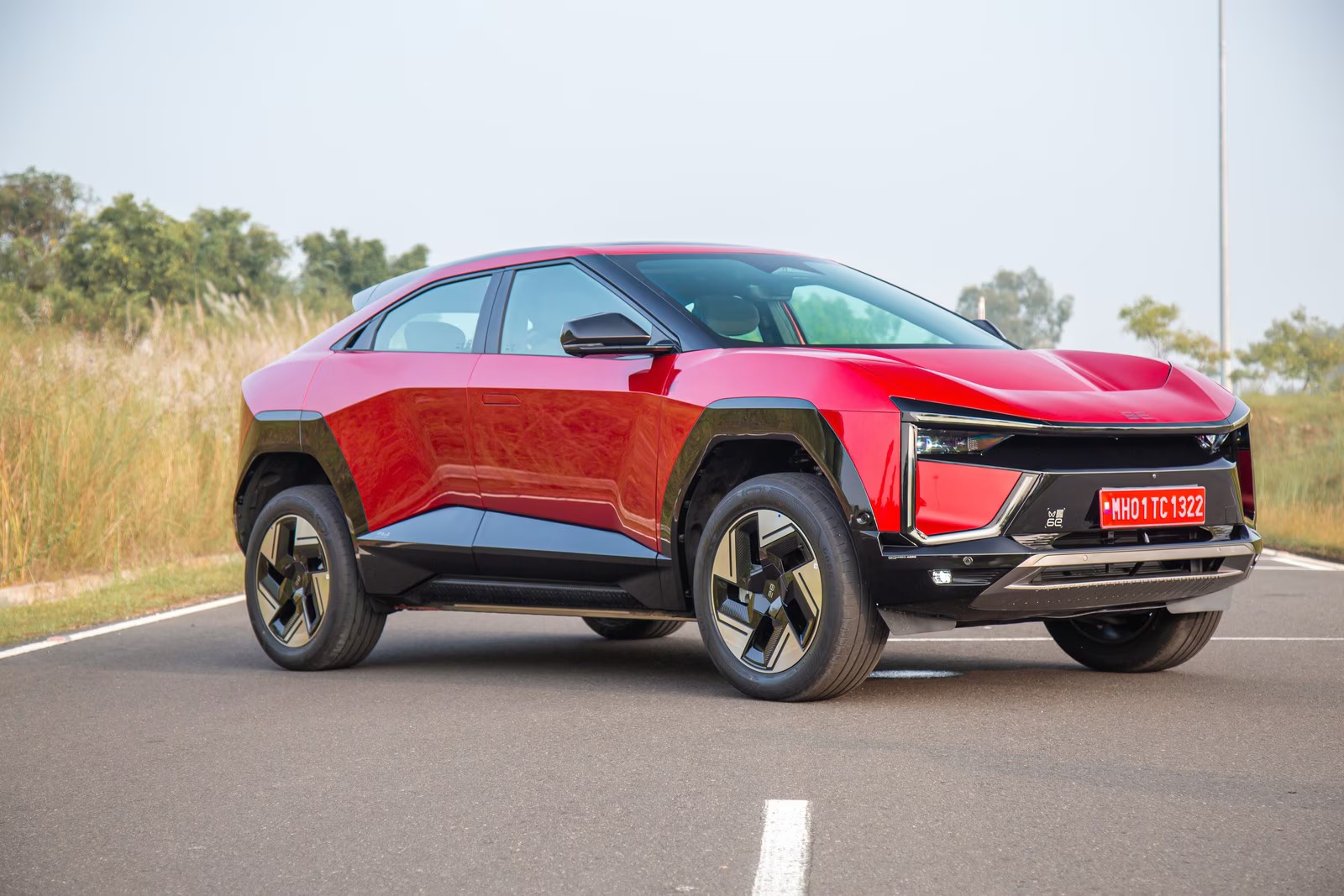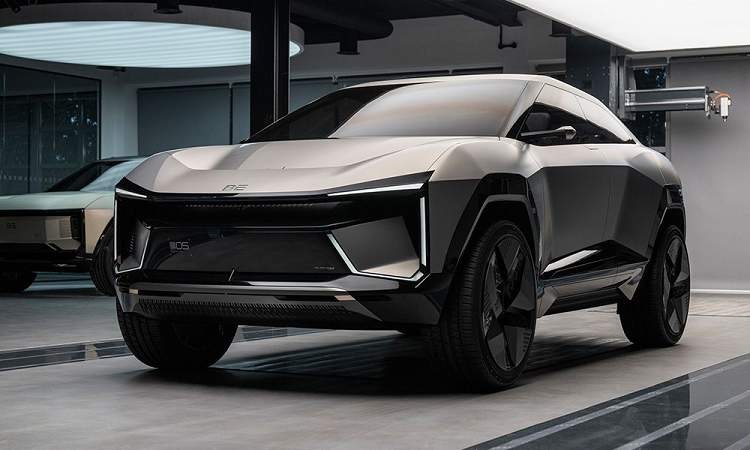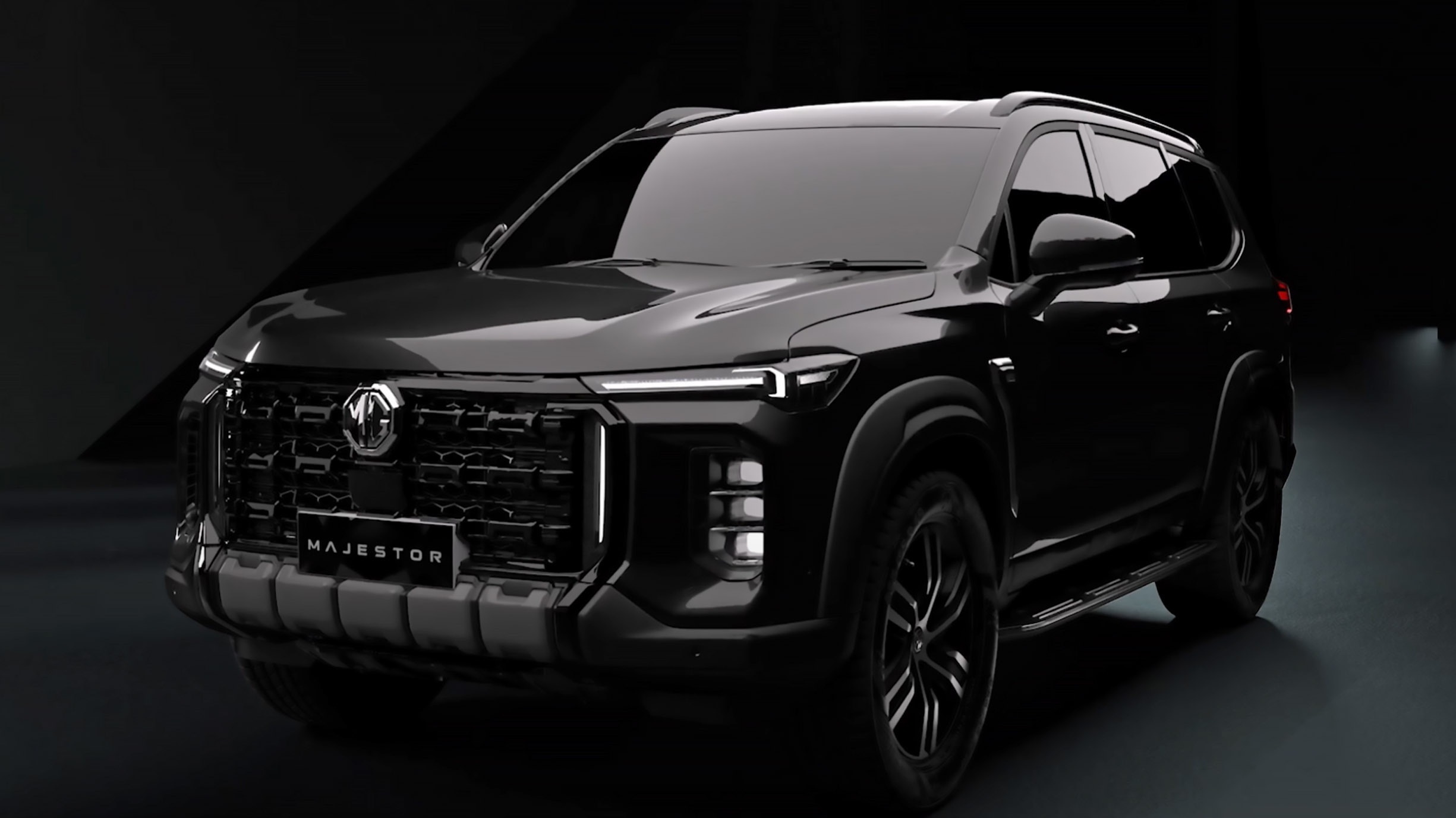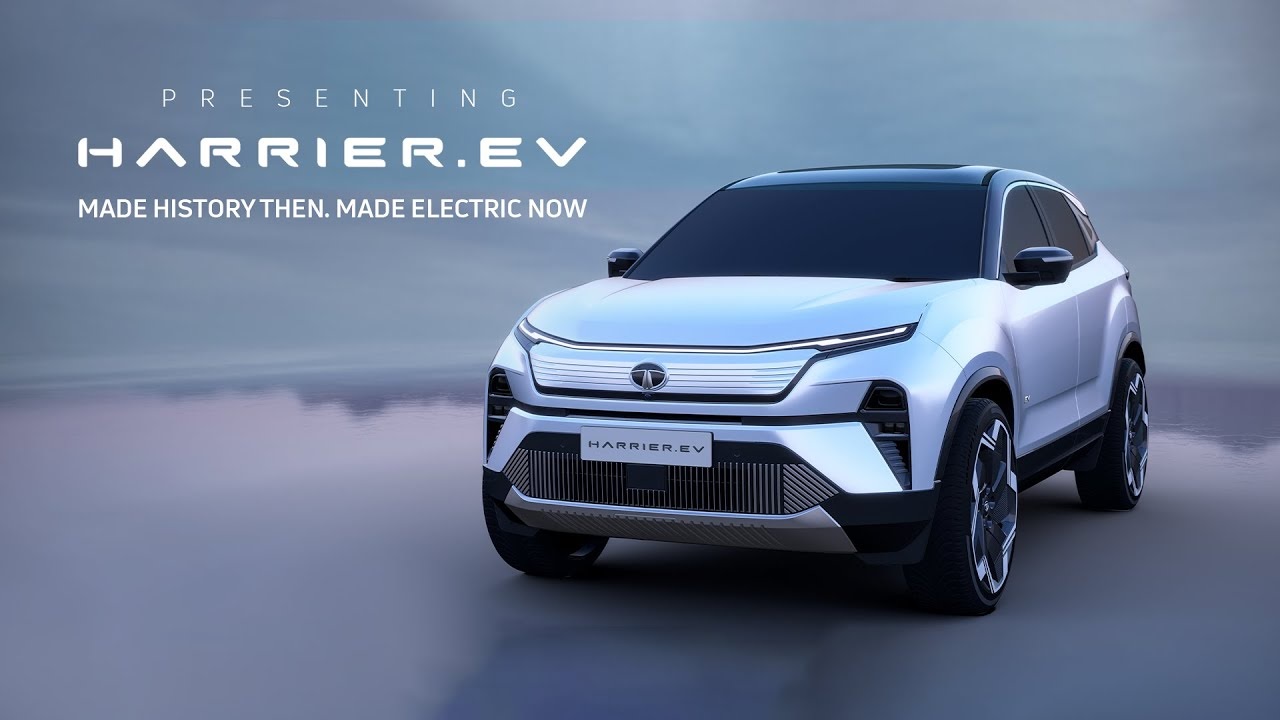MG Motor is poised to elevate its presence in India’s premium SUV segment with the much-anticipated MG Majestor, a vehicle that promises to blend opulent comfort, robust performance, and cutting-edge technology. Designed to rival established giants like the Toyota Fortuner and Hyundai Alcazar, the Majestor aims to cater to discerning buyers seeking space, sophistication, and power. In this article, we delve into the MG Majestor price in India, its launch date, specifications, and standout features like its spacious interior and generous dimensions, while addressing how it positions itself in the competitive Indian market.
MG Majestor: Key Highlights
The MG Majestor is engineered to impress, offering a compelling mix of luxury and practicality:
- Opulent Interior:
- The MG Majestor interior features premium leather upholstery, panoramic sunroof, and tri-zone climate control.
- A 12.3-inch touchscreen infotainment system with Apple CarPlay, Android Auto, and a 10.25-inch digital driver’s display.
- Configurable 6/7-seater layouts with ventilated front seats and rear recliners for long-journey comfort.
- Powerful Performance:
- Expected to house a 2.0L turbo-petrol engine (around 2000 cc) generating 220–250 HP, paired with a 9-speed automatic transmission.
- Optional mild-hybrid technology for improved fuel efficiency and reduced emissions.
- Spacious Dimensions:
- The MG Majestor dimensions are projected to be 4,900–5,000 mm in length and a wheelbase of 2,900–3,000 mm, ensuring ample legroom and cargo space.
- Advanced Safety:
- Level 2 ADAS with adaptive cruise control, lane-keeping assist, and automated emergency braking.
- Seven airbags, 360-degree camera, and electronic stability control.
MG Majestor Price in India: Premium Positioning
While official figures are yet to be confirmed, industry experts speculate the MG Majestor price will start between ₹35–40 lakh (ex-showroom). The MG Majestor Price in India (on-road) could range from ₹40–45 lakh, depending on variant and location.
Competitive Pricing:
- Toyota Fortuner: ₹37–58 lakh
- Hyundai Alcazar: ₹19–26 lakh
- Mahindra XUV700: ₹14–27 lakh
The Majestor’s premium pricing reflects its focus on luxury and advanced tech, positioning it as a niche offering for upscale buyers.
MG Majestor Launch Date in India: Mark Your Calendar
MG is likely to unveil the Majestor globally in late 2024, with the MG Majestor launch date in India tentatively set for Q1 2025. The SUV may debut at the 2025 Auto Expo, followed by test drives and bookings through MG’s premium dealership network.
MG Majestor Specifications: Power Meets Precision
Under the hood, the MG Majestor specifications highlight a focus on performance and efficiency:
- Engine: 2.0L turbo-petrol (MG Majestor engine cc: 1,998 cc) with 48V mild-hybrid tech.
- Transmission: 9-speed automatic with paddle shifters.
- Drivetrain: Front-wheel drive (FWD) and optional AWD.
- Fuel Efficiency: Expected 10–12 km/l (city) and 14–16 km/l (highway).
Interior: A Sanctuary of Comfort
The MG Majestor interior is designed to rival luxury sedans:
- Dashboard: Soft-touch materials, ambient lighting, and a minimalist layout.
- Tech: Wireless charging, 12-speaker Bose sound system, and AI-powered voice commands.
- Seating: Second-row captain seats (optional) with leg rests and foldable tables.
Dimensions: Commanding Road Presence
The MG Majestor dimensions ensure dominance on the road:
- Length: ~4,950 mm
- Width: ~1,900 mm
- Height: ~1,800 mm
- Wheelbase: ~2,950 mm
- Boot Space: ~450L (expandable to 1,200L with seats folded).
These measurements place it between the Fortuner and Mercedes GLB in size, offering a blend of agility and space.
Competitors in the Premium SUV Segment
- Toyota Fortuner: Rugged and reliable but dated tech.
- Skoda Kodiaq: European refinement but limited dealership reach.
- Mahindra XUV700: Value-for-money but lacks premium finishes.
Final Verdict: Who Should Consider the MG Majestor?
The MG Majestor is tailored for buyers seeking a luxurious, tech-forward SUV with ample space and powerful performance. While its price in India positions it as a premium offering, its blend of features justifies the cost for those prioritizing comfort and innovation.
If you’re willing to wait for its launch date in India, the Majestor could redefine your driving experience. For budget-conscious buyers, the XUV700 or Alcazar remain practical choices.
